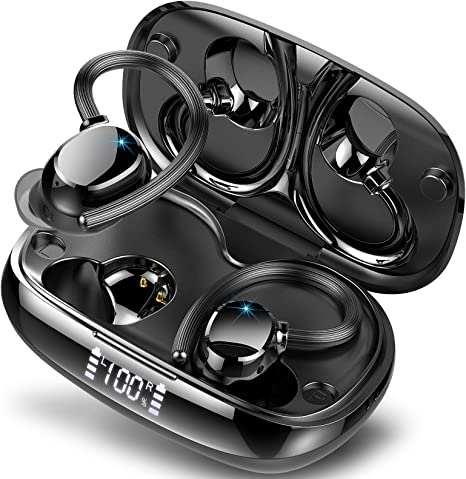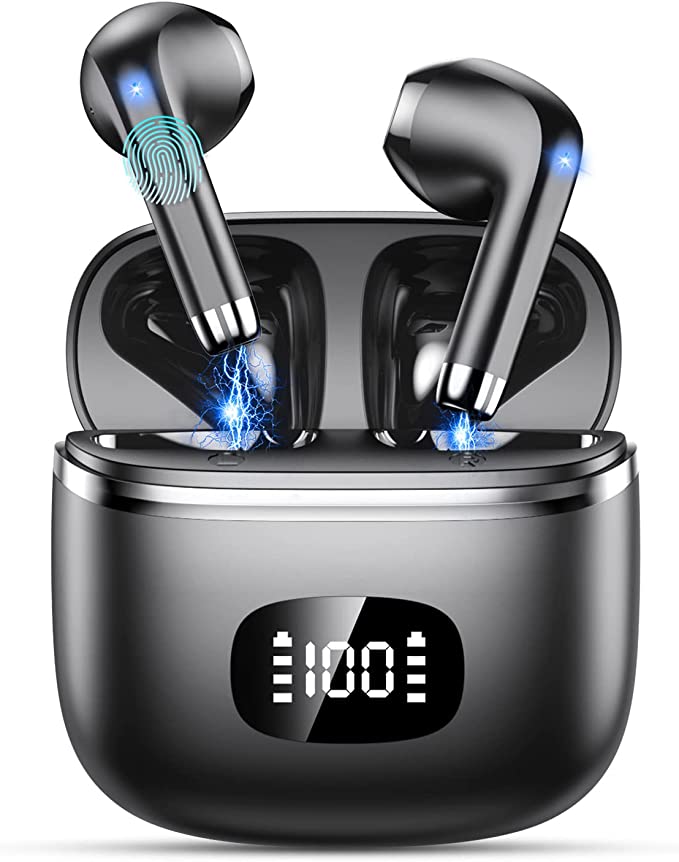Beat the Heat, Breathe Easy: The HUMHOLD HDPAC-08-A1 Portable Air Conditioner - Your Smart Choice for Summer Comfort
Update on July 28, 2025, 2:47 p.m.
In the height of summer, the quest for a cool refuge is a familiar pursuit. We seek solace from the oppressive heat in air-conditioned spaces, often taking the refreshing blast of cold air for granted. Yet, behind the simple press of a button lies a remarkable feat of personal-scale engineering. A device like the HUMHOLD HDPAC-08-A1 Portable Air Conditioner is more than just an appliance; it’s a self-contained thermodynamic system, meticulously designed to manipulate the laws of physics for our comfort. To truly appreciate its function, we must look beyond its plastic shell and delve into the fascinating interplay of physics, chemistry, and environmental science that makes it work.

The Heart of Cool: Understanding the Heat Pump Cycle
The most fundamental misconception about air conditioners is that they “create” cold. In reality, they operate on a much more elegant principle: the strategic relocation of heat. An air conditioner is, in essence, a heat pump. It functions like a dedicated heat taxi, picking up thermal energy from inside your room and depositing it outside. This entire process is powered by a clever thermodynamic loop known as the refrigerant cycle, using a specialized chemical compound as its working fluid.
This cycle has four key stages:
- Evaporation: Inside the unit, the liquid refrigerant flows through a set of coils. As your warm room air is pulled over these coils by a fan, the heat from the air causes the refrigerant to boil and turn into a gas. In doing so, it absorbs a significant amount of heat from the air, much like how sweat cools your skin as it evaporates. This is the “cooling” part you feel.
- Compression: The refrigerant, now a low-pressure gas carrying the room’s heat, is drawn into a compressor. The compressor, as its name implies, squeezes the gas, dramatically increasing its pressure and temperature.
- Condensation: This hot, high-pressure gas is then pumped to another set of coils—the condenser. The unit’s exhaust fan blows ambient air over these coils. Since the refrigerant is now much hotter than the outside air, it transfers its heat to the exhaust air stream and condenses back into a liquid. This is why the air coming out of the exhaust hose is hot; it’s carrying the heat that was just removed from your room.
- Expansion: The high-pressure liquid refrigerant then passes through an expansion valve, which causes its pressure and temperature to drop precipitously, preparing it to begin the cycle anew by re-entering the evaporator coils.
The exhaust hose is therefore a non-negotiable component of any portable air conditioner. It’s the critical exit path for the unwanted thermal energy. Without it, the unit would simply be dumping the heat right back into the room, achieving no net cooling.

Decoding the Power: Why Two BTU Ratings Matter
When evaluating an air conditioner, the most prominent specification is its BTU rating. BTU, or British Thermal Unit, is a standard unit of energy, defined as the amount of heat required to raise the temperature of one pound of water by one degree Fahrenheit. In the context of an AC unit, it measures the amount of heat the machine can remove from a room per hour.
You’ll notice the HUMHOLD unit lists two ratings: 12,000 BTU (ASHRAE) and 8,000 BTU (SACC). This is not a typo; it represents a crucial evolution in testing standards and is key to understanding a unit’s true performance.
- ASHRAE: The American Society of Heating, Refrigerating and Air-Conditioning Engineers provides the traditional standard. The 12,000 BTU figure is derived from tests conducted under idealized laboratory conditions, measuring the raw cooling power of the unit’s components.
- SACC: This stands for Seasonally Adjusted Cooling Capacity. It’s a newer, more rigorous standard mandated by the U.S. Department of Energy (DOE). The SACC rating is designed to reflect real-world performance by accounting for various inefficiencies, such as the heat generated by the unit’s own operation and the negative pressure and heat infiltration that can occur through the exhaust hose setup.
The 8,000 BTU (SACC) rating is therefore a much more honest and practical measure of the cooling you can actually expect in your home. Understanding this distinction empowers you to make more accurate comparisons and choose a unit appropriately sized for your space—in this case, up to approximately 500 square feet under ideal conditions.

Beyond Temperature: The Critical Role of Dehumidification
Effective cooling is about more than just lowering the number on the thermostat. It’s about creating a comfortable environment, and a major factor in that equation is humidity. High humidity inhibits your body’s natural cooling mechanism—sweating—making the air feel warmer and stickier than it actually is.
This is where the science of sensible heat versus latent heat comes into play. Sensible heat is the heat you can feel and measure with a thermometer. Latent heat is the “hidden” energy stored in water vapor in the air. To truly feel comfortable, you must remove both.
An air conditioner excels at this. As warm, moist air passes over the cold evaporator coils, the temperature of the air drops below its dew point. This forces the water vapor to condense into liquid water, which is then collected in an internal reservoir or drained away. In releasing this water, the air also releases its latent heat. The HUMHOLD unit’s ability to remove up to 75 pints of water per day is a testament to its powerful dehumidifying capability, which is just as important as its ability to lower the sensible temperature.

An Environmentally Conscious Cool: The Significance of R32 Refrigerant
The refrigerant—the working fluid at the heart of the AC—is a critical piece of technology with significant environmental implications. For decades, the industry standard has been R410A. However, the HUMHOLD HDPAC-08-A1 utilizes a newer, more environmentally friendly refrigerant: R32.
The key metric for comparing refrigerants is their GWP (Global Warming Potential). GWP measures how much heat a greenhouse gas traps in the atmosphere over a specific time horizon, relative to carbon dioxide (which has a GWP of 1).
- The old standard, R410A, has a GWP of 2088.
- The R32 refrigerant used in this unit has a GWP of 675.
This is a reduction of nearly 68%. The switch to R32 is a direct response to global environmental agreements like the Kigali Amendment, which aims to phase down the production and use of high-GWP hydrofluorocarbons (HFCs). Choosing a device with R32 is not merely a technical choice; it is a tangible contribution to mitigating climate change. Furthermore, R32 is also more efficient, meaning the unit requires less energy to achieve the same level of cooling.

By understanding the intricate systems at play, a portable air conditioner transforms from a simple box that blows cold air into a sophisticated instrument of environmental control. From the fundamental laws of thermodynamics that govern its cooling cycle, to the rigorous government standards that define its true power, and the advanced chemical engineering that reduces its impact on our planet, every aspect is a testament to the science of comfort.


















